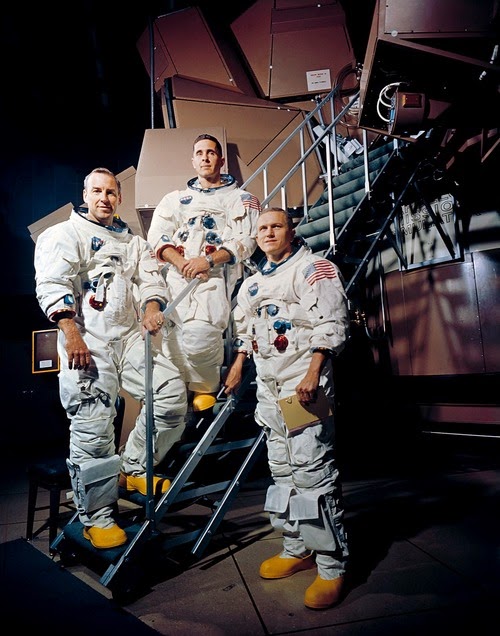 |
| The crew of Apollo 8. |
Apollo 8 was in some ways more significant and memorable than any other space mission. Those who witnessed the spectacle may have even more vivid memories of it than of the later, more famous achievements such as the Apollo 11 moon landing itself. The mission also had spectacularly good timing from a public relations viewpoint, happening at Christmas during an otherwise very dark period in American history. The timing could not have been more perfect.
There were many ground-breaking events during the mission. On December 21st, 1968, Apollo 8, with astronauts Frank Borman, James Lovell, and William Anders, became the first manned spacecraft to leave Earth’s orbit. Apollo 8’s mission would span six days and included 10 lunar orbits — highlighted by the first time that human beings saw the dark side of the moon and captured the iconic Earthrise photograph.
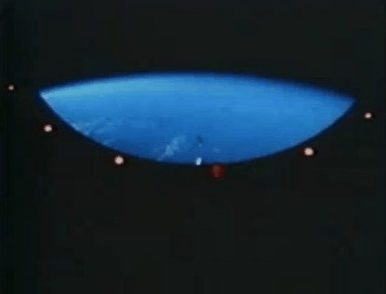 |
| Second stage separation. |
Apollo 8 was when the whole package was fit together for the first time after all sorts of failures and doubts. Multiple stages, exit from earth orbit - technically, the mission could have landed on the moon, too, but that would be just too much after all the other firsts. The Apollo 8 mission was so dramatic that everything else after it felt almost anti-climactic. Many iconic images from the entire space program originate from the Apollo 8 mission.
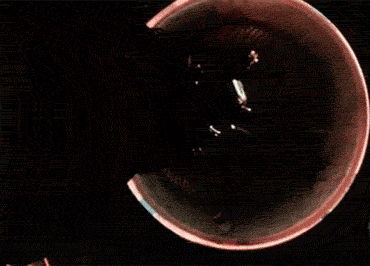 |
| Third stage separation. |
To summarize the mission, in December of 1968, the Apollo 8 crew flew from the Earth to the Moon and back again. This was something that heretofore had never been done except in science fiction. Frank Borman, James Lovell, and William Anders were launched atop a Saturn V rocket on Dec. 21, circled the Moon ten times in their command module and returned to Earth on Dec. 27.
The Apollo 8 mission’s impressive list of firsts includes: the first humans to journey to the Earth’s Moon, the first to fly using the Saturn V rocket, and the first to photograph the Earth from deep space.
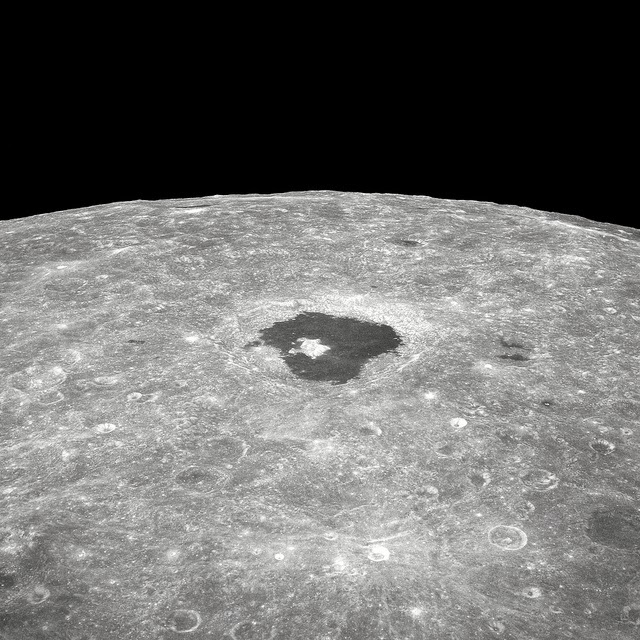 |
| This is a view of the large crater Tsiolkovsky as photographed by the astronauts during the Apollo 8 lunar orbit mission, looking East toward the lunar horizon. Tsiolkovsky is approximately 150 statute miles in diameter. It was first identified and named by the Russians from photographs taken by their unmanned Luna III spacecraft. Image # : AS8-12-2196. |
As the Apollo 8 command module rounded the far side of the Moon on Dec. 24, the crew could look toward the lunar horizon and see the Earth appear to rise, due to their spacecraft’s orbital motion. Their famous picture of a distant blue Earth above the Moon’s limb was a marvelous gift to the world.
2019



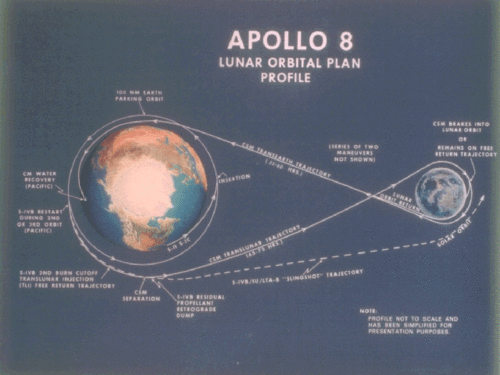
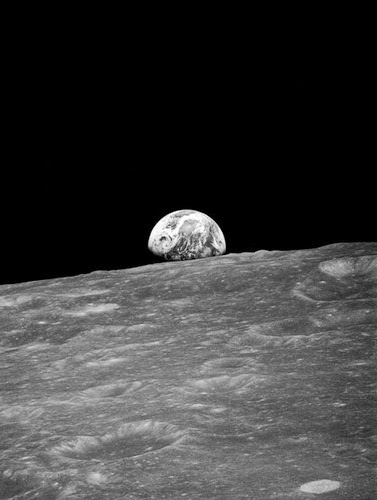

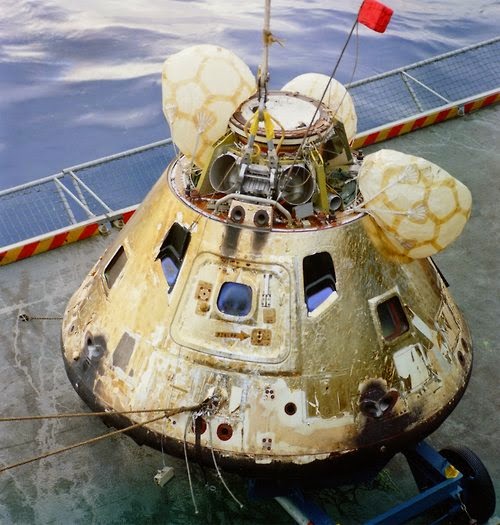
No comments:
Post a Comment